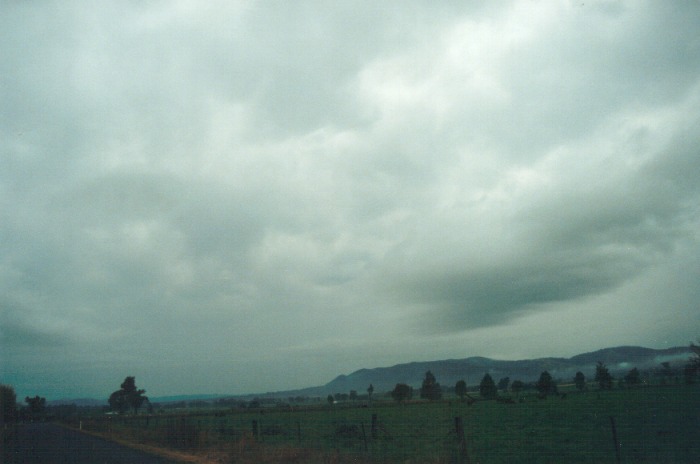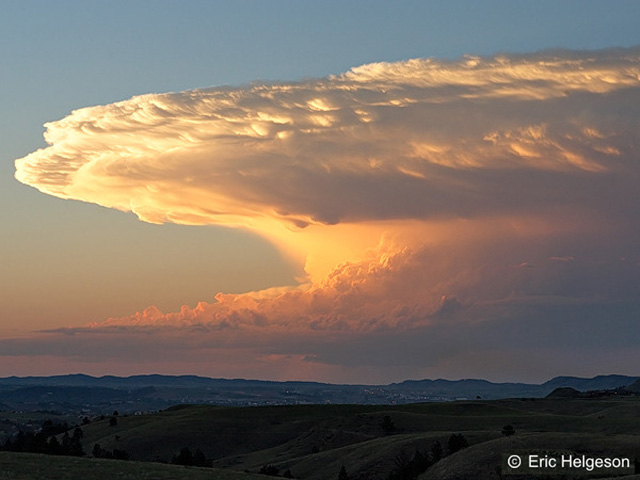Cloud Identification

Clouds that Produce Precipitation
Nimbostratus
Nimbostratus are layered clouds with low bases that produce precipitation and are
usually formed by advection. They are thick, dark gray with a ragged
base, and are often associated with the passage of warm fronts. The Sun is always obscured.
Usually, nimbostratus is a sign of steady moderate to heavy precipitation, as opposed
to the shorter period of typically heavier precipitation released by a cumulonimbus
cloud. However, local conditions may cause nimbostratus to quickly develop into a thunderstorm
(cumulonimbus).
Cumulonimbus
When the atmosphere becomes unstable the convection intensifies and
cumulus clouds can develop into rain clouds or thunderstorms. Even
though the base of a cumulonimbus cloud may be as low as 3 or 4000 feet, they can grow
vertically up to 50 or 60,000 feet high (as high as the tropopause) in the summer.
At this height, the top of the cloud spreads out and high winds flatten the top of
the cloud out into an anvil-like shape. Powerful cumulonimbus clouds
with bright white overshooting tops that punch through the tropopause are especially
easy to pick out on visible satellite images. These are big storms!
Cumulonimbus clouds form in moist atmospheres and are common in spring
and summer. They often occur in the advance of a cold front. In summer they can form
over mountains due to orographic lifting in combination with solar heating. Precipitation
falls from these clouds and severe weather (lightning, hail, tornado, flash flood)
is common. Cumulonimbus can be isolated storms or organized in groups. When cumulonimbus
clouds form together in an organized system, the chance of severe weather increases.
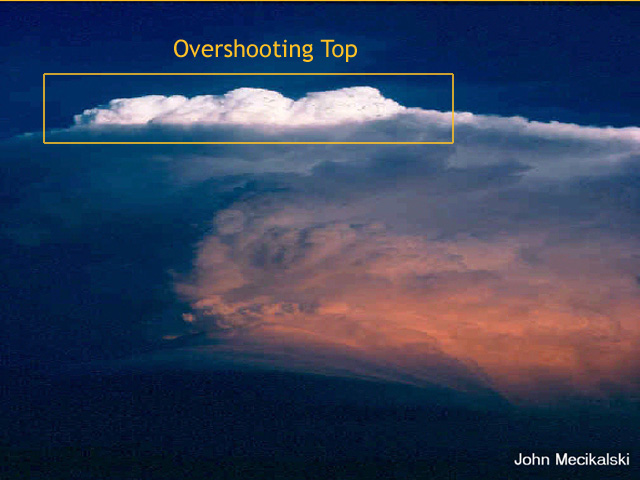 |
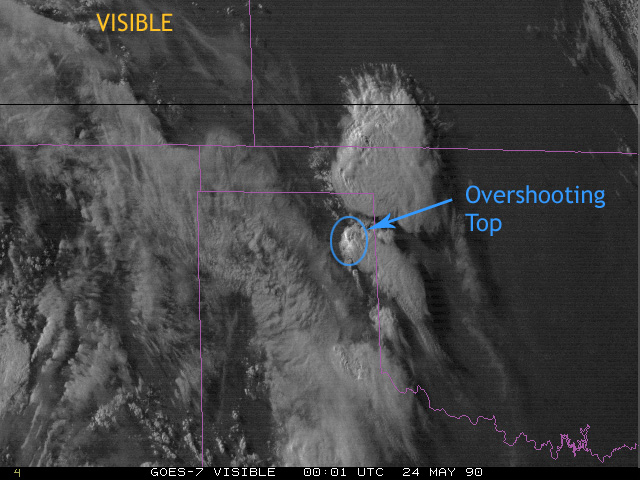 |
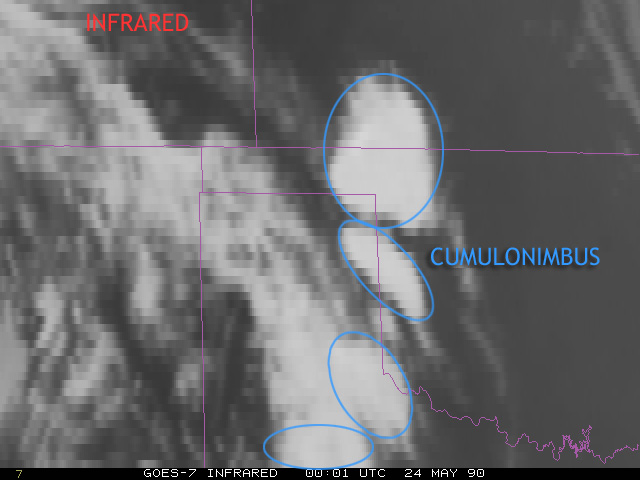 |
| Cumulonimbus overshooting top | Cumulonimbus overshooting top Visible satellite image |
Cumulonimbus IR satellite image |
Identify Cumulonimbus Clouds in Satellite Images
The first satellite image is a visible image using reflected light, the second satellite image is an IR image that measures thermal energy.
 Use your mouse or finger and slide across the image to fade between the different images.
Use your mouse or finger and slide across the image to fade between the different images.
| 8 / 12 |

